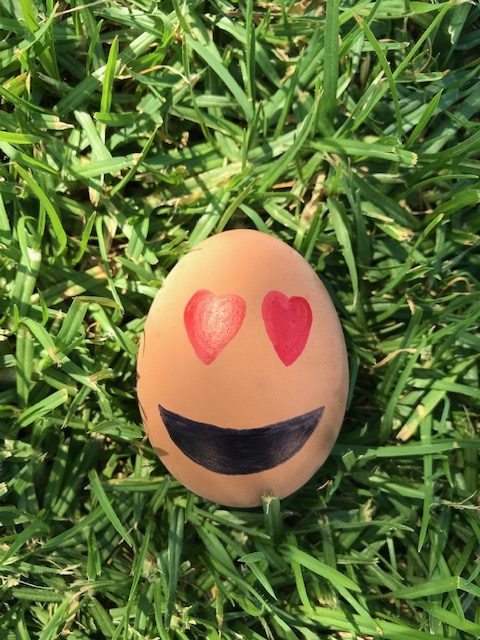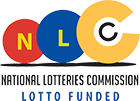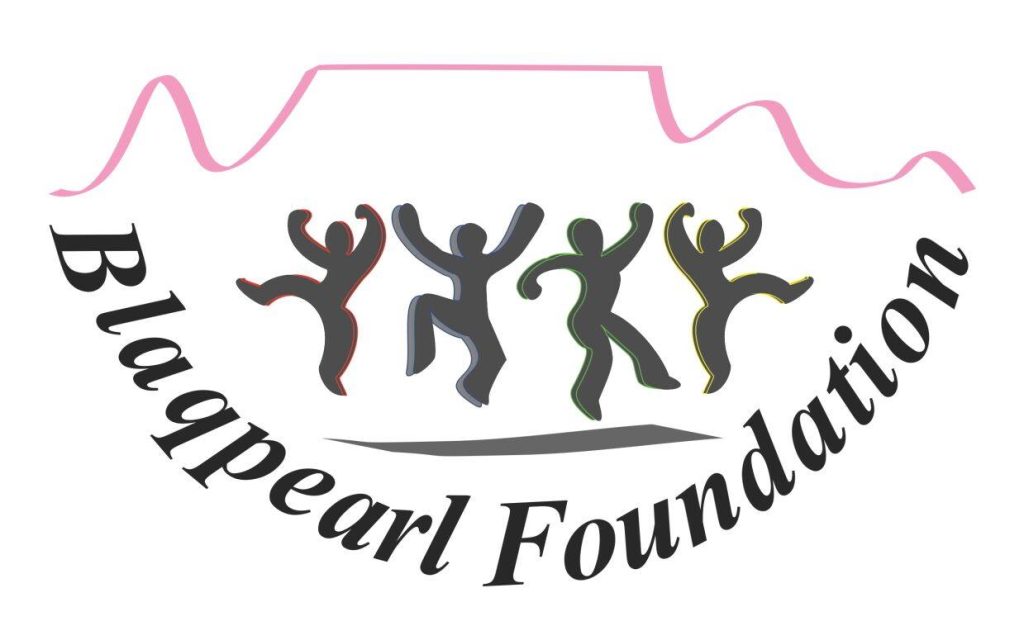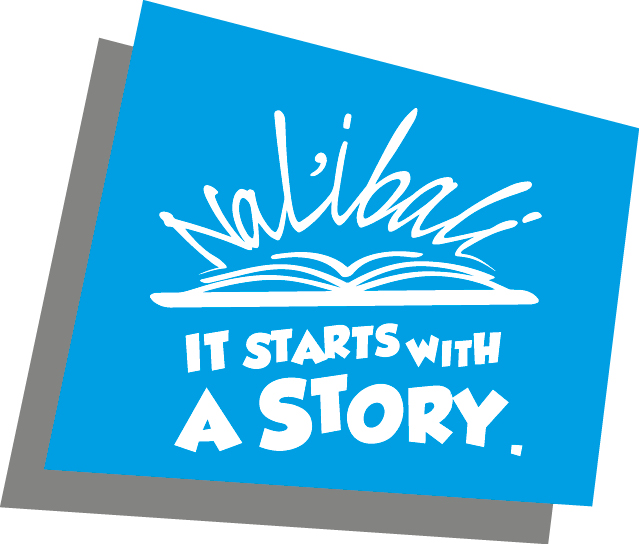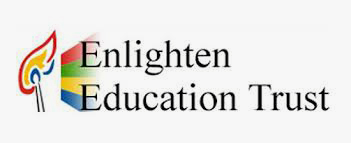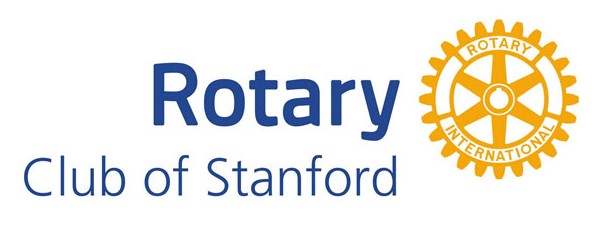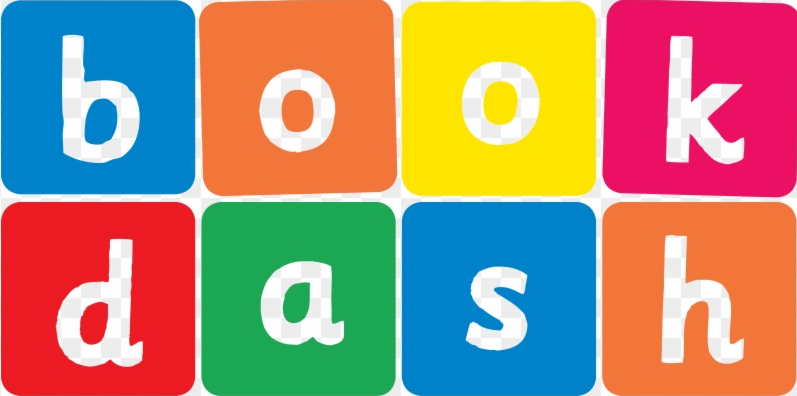As our days seem to melt into each other at the moment, here’s a fun activity you can do to remind us all of the chocolatey celebration of Easter which is happening this weekend!
‘Egg Emoticons’ is a lesson Children’s Book Network has done in the past during our workshops, talking to children about body language and facial expressions. We’ve adapted it here to make it egg-stra special for Easter time!
THE SYMBOLIC MEANING BEHIND EASTER EGGS
First things first, let’s talk about the symbolic meaning of Easter eggs – why do we have chocolate eggs at Easter time?
The meaning of Easter eggs
• In many cultures around the world, the egg is a symbol of new life, fertility and rebirth.
• Easter is on a different date each year, between 21 March and 25 April, depending on when there’s a full moon.
• This means that Easter occurs towards the beginning of spring (in the northern hemisphere), a season when plants bloom and animals give birth. Being a symbol of new life, Easter eggs are associated with this time.
And the Easter Bunny?
• Rabbits usually give birth to a big litter of babies (called kittens), so they became a symbol of new life.
• Legend has it that the Easter Bunny lays, decorates and hides eggs as they are also a symbol of new life. It doesn’t do all the work alone though! In Switzerland, Easter eggs are delivered by a cuckoo and in parts of Germany by a fox.
Now, the fun starts – decorate a few eggs with emoticons!
You will need:
• Eggs
• A mirror
• Things to decorate:
o Markers
o Glue
o Paint
o Paper
o Stick-on eyes, if you happen to have some lying around
o Pipe cleaners
o Glitter (only for the brave)
o Food colouring
o Anything else that would make decorating your eggs fun
Instructions:
1. Hard boil some eggs – be sure they are properly boiled to avoid yolky accidents!
a. An alternative is to blow the runny egg out of the shell, by making holes in the top and bottom of your egg using a thick needle. This job is definitely one for the adults and can be a messy one!
i. Wash and dry the eggs
ii. Pierce both ends of the egg
iii. Make sure you’ve pierced the egg yolk
iv. Move your needle around to make one of the holes bigger / wider
v. Holding the egg over a bowl, blow into the large opening to force the runny egg out
vi. Rinse the eggs again so they are ready for crafting!
2. Have your children stand in front of a mirror and pull faces. Can they show you these expressions?
a. Happy
b. Laughing
c. Sad
d. Furious
e. Surprised
f. Crying
g. Confused
h. Serious
i. Full of chocolate – what would your facial expression be? I know mine would be one of sheer delight!
3. Now, using all of the crafty materials you’ve gathered, children can decorate their eggs and draw / paint / create a few of the facial expressions they have just made in the mirror!
4. If you’d like to dye your eggs, follow these instructions:
a. Mix 1 teaspoon vinegar with 1/4 teaspoon of food colouring
b. Pour the dye into 3/4 of a cup of water
c. Use a different cup for each dye, and be sure there is enough water in the cup to cover an entire egg
d. Use tongs, a spoon, or your hands to gently place the eggs in the dye. Remember, the longer you leave an egg in the dye, the deeper the colour will get
e. Allow eggs to dry completely (you can use a drying rack or a carton)
f. You can repeat the process with another colour, or the same colour to deepen the tone
Have fun! And if you’d like to share your Easter Egg Emoticons with us, mail your pictures through to info@childrensbook.co.za. Or post them on social media and tag us in your photo.
References:
• https://www.eggs.ca/eggs101/view/70/how-to-decorate-an-easter-egg
• https://www.huffpost.com/entry/easter-eggs-history-origin-symbolism-tradition_n_1392054

